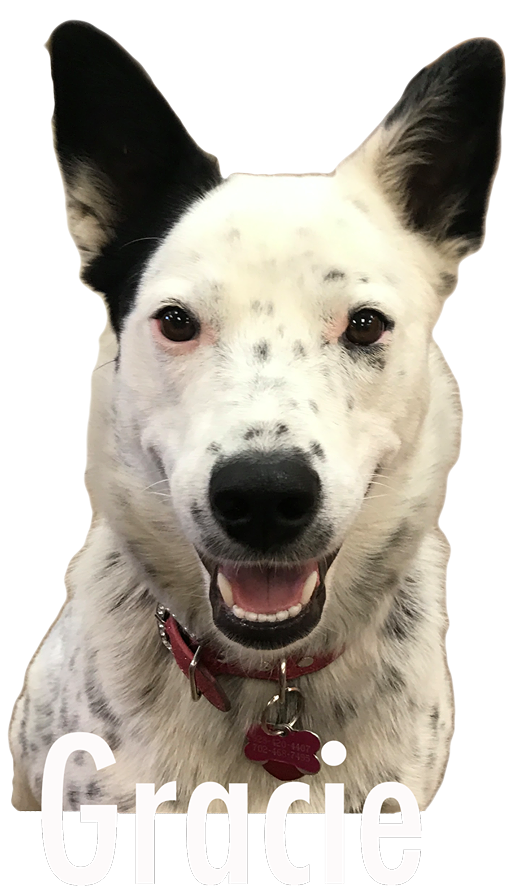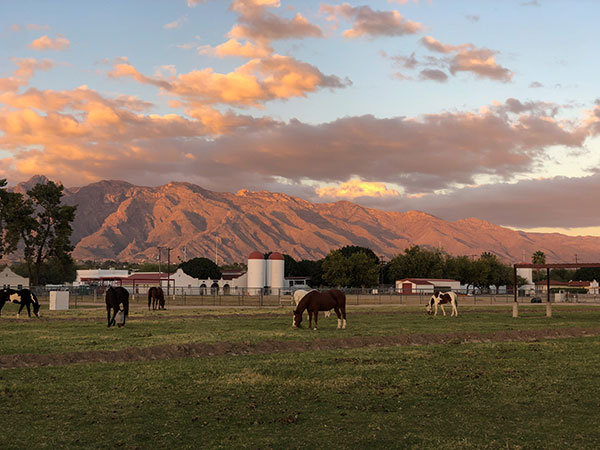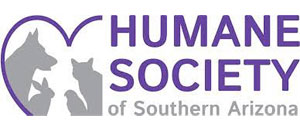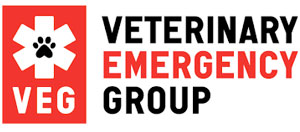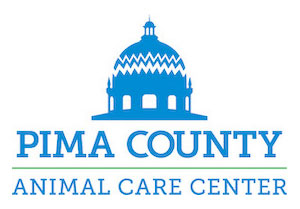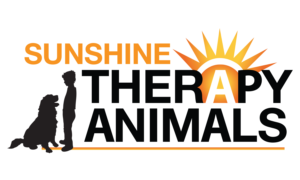According to U of A, the “three-year Doctor of Veterinary Medicine program provides the foundation in veterinary medicine and surgery that future practitioners need, plus the professional and clinical skills critical for success. The degree is delivered over six pre-clinical semesters in on-campus facilities, followed by three clinical semesters within a network of training sites that allows each student to experience the profession actively.” Where do the last three semesters take place? Through a hybrid distributive model in Arizona that includes shelters and other animal care facilities that students can go to for four weeks.
Twin Peaks Veterinary Hospital in Marana and the Humane Society of Southern Arizona are two of the locations aspiring vets can seek out for real clinical experience. Students are required to submit case logs during this period, similar to hospital rounds. They can even go to Reid Park Zoo for an elective location to serve their four weeks. Every student is required to undergo general practice, specialty/referral practice, and primary care/shelter medicine rotations. They also have a four-week block allowing them to study for the NAVLE (North American Veterinary Licensing Examination), the national board test for vets.
The program notes “a whole-person approach to training the industry’s future leaders” with an innovative curriculum and by taking a holistic approach to each student, providing learning support and health and wellness resources that allow them to live balanced lives. Their concern is for the long-term success of the students.
This is vital during a time when veterinary burnout in the U.S. is reaching a dramatic climax after the brunt of the COVID pandemic. Over the last year or so, one can hardly click on the news without reading about the deficit the profession faces. In fact, just recently, on August 3, 2022, an article in Isthmus ran a piece on the national staffing crisis outlining the impact on emergency veterinary services. Because of this, worried pet parents could potentially face longer waits for medical attention in critical situations where every minute counts.
“Hospitals, clinics, and vet offices around the U.S. in the past year have been turning animals away because they are short staffed,” writer Sarah Zhang reported in The Atlantic on July 6. “This crisis has hit all levels of the system, from general practice to specialists, but animal emergency rooms — where the job is most stressful — have it the worst.” As a result,
“Emergency care cannot be guaranteed for your pets right now,” Zhang was informed.
Thanks to U of A, next year, in 2023, a modicum of relief will be on the horizon, with the graduating class already two-thirds of the way through its studies. Dean Julie Funk, who holds a Doctor of Veterinary Medicine degree, a Master of Science, and a Ph.D., looks forward to a bright future for the students. Having received the Distinguished Alumni Award from North Carolina State University College of Veterinary Medicine, she shared her feelings about the field with an NCSU writer stating the following:
“It is a real privilege to have a career in academic veterinary medicine. My favorite component is helping people achieve their dreams and goals, whether it is students achieving the dream of becoming [veterinarians] or faculty and staff career development. Supporting people and advancing the profession is a privilege I get every day. I am a first-generation college student and, quite frankly, had no idea about academic careers. It was definitely not my plan when I started veterinary school.”
When approached with the opportunity to lead the program, she’s said to have jumped at the chance. She’s especially encouraging of women debating a future education in science, technology, engineering, and mathematics (STEM), advising them to “jump in” and “try different areas.” As to the finite details of the college’s direction, she added, “I may not be certain about the exact path we will take to achieve our goals, and we often need to adjust and take different routes, but I do have real clarity about where we want to be.” Details aside, clarity is something that would benefit students in moving toward the vision they have outlined for themselves as well.
Looking to become an institute of continuous growth, the school’s mission is clear: provide a learning environment that’s committed to diversity, equity, and inclusion with innovative teaching strategies and state-of-the-art facilities and equipment. It currently boasts 66 faculty (limited-adjunct and full-time) members and 93 staff members, ensuring there’s plenty of oversight for students by trained professionals.
The large campus features three separate buildings totaling nearly 70,000 sq. feet of learning space! Their facilities comprise of the Campus Agricultural Center, which includes the Equine Learning Center and the Bovine Education Extension Facility, and the Oro Valley campus, comprised of the Hanley Building (where students complete their first two years of preclinical work) and the Stallard Building, which houses student services, the wellness center, and faculty/staff offices. Located at 1580 E. Hanley Blvd. in Oro Valley, it’s nestled at the base of the Santa Catalina Mountain range. Providing sweeping views and wide-open spaces, it’s a beautiful location a mere 20-minute drive from Tucson’s primary U of A campus.
So, what makes the college stand out from other learning institutions? Besides being the first public school in Arizona to offer opportunities for residents, it’s designed to help eliminate student debt, as students get out a year earlier than with other veterinary schools. The program is designed to help them learn with an active team-based model. Unlike other programs, their students start working with live animals in their second week of classes, giving them hands-on experience much earlier. This is a big help in getting a head start. They’re also working toward training and keeping veterinarians in Arizona, which is supported by recently-passed legislation regarding loan forgiveness.
To clarify, U of A CVM communications director Mindy Burnett shared this information with us:
- Three-year Educational Model
We want to provide an outstanding education without lifelong debt. Our three-year, nine-semester, continuous program provides the necessary structure and breaks to help increase graduation rates and enable students to earn salaries sooner than their peers.
- An Innovative Curriculum
Active learning is the core of our program. We encourage students to take ownership of their education in a program that maximizes student engagement in the classroom and integrates hands-on training. We believe students learn best in real-world settings that prepare them to be day-one-ready practitioners. Our approach to teaching and learning is backed by educational research and focused on maximizing the learning experience for all students. Beginning in week one, students participate with course content alongside their peers during in-class activities, use state-of-the-art animal simulations, and begin working with live animals.
- Clinical Year Experience
Education during the clinical year involves rotations through a vast network of over 250 clinical affiliates. Students will have access to routine and diseased animals in various clinical settings. The Clinical Year will span August to August and consist of four-week rotations:
- Three core/required rotations that include General Practice, Specialty/Referral Practice, and Primary Care/Shelter Medicine
- One NAVLE Prep and Test Block
- Eight Elective Rotations
- One vacation block
If you’re wondering if the University of Arizona’s College of Veterinary Medicine is open to the public, as far as pet owners being able to have pets treated there, the answer is no — at least not at this time. That is something they are working on possibly changing, though. In the meantime, their clinical year curriculum focuses on student partnerships with local veterinary practices rather than a centralized teaching hospital, which is expensive.
For treatment in Tucson, they encourage pet owners to seek out local practitioners or shelters for medical care. In the future, they hope to employ their mobile surgery unit to serve underrepresented areas unable to easily access veterinary services. This will help with common (and very necessary) procedures like spay and neuter to help reduce exploding pet populations.
On another note, U of A is said to be working on ways to reduce the use of animals in medical training and research, which is great news for animal activists, and the program will also hopefully impact the shortage of large-animal veterinarians Arizona’s livestock industry has been facing. This drives home the fact that it’s not just a lack of veterinarians treating small domestic pets that’s at issue in the United States. In practical terms, the inability to properly maintain livestock can have all sorts of health implications. Over the last 2 ½ years, the link between some zoonotic diseases and the health of the general public has never been clearer.
In early August, UAVCM celebrated the Class of 2023 as they received their white coats before heading off for their clinical year. The exciting white coat ceremony is a milestone that marks the students’ transition from classroom learning to the clinical experience they are about to embark on to graduate.
If you’ve been considering a career in veterinary medicine, the college offers prospective student information sessions that can be undertaken via Zoom and in-person campus tours. The tours are typically led by current College of Veterinary Medicine students and have a capacity of 20 people per group. Parking is free for all those attending. For more information or to schedule either event, you can visit their event website (https://vetmed.arizona.edu/
or call 520-621-7596.
For anyone interested in supporting the program, there are opportunities for that as well. To learn more about ways people can partner with them, visit https://vetmed.arizona.edu/
